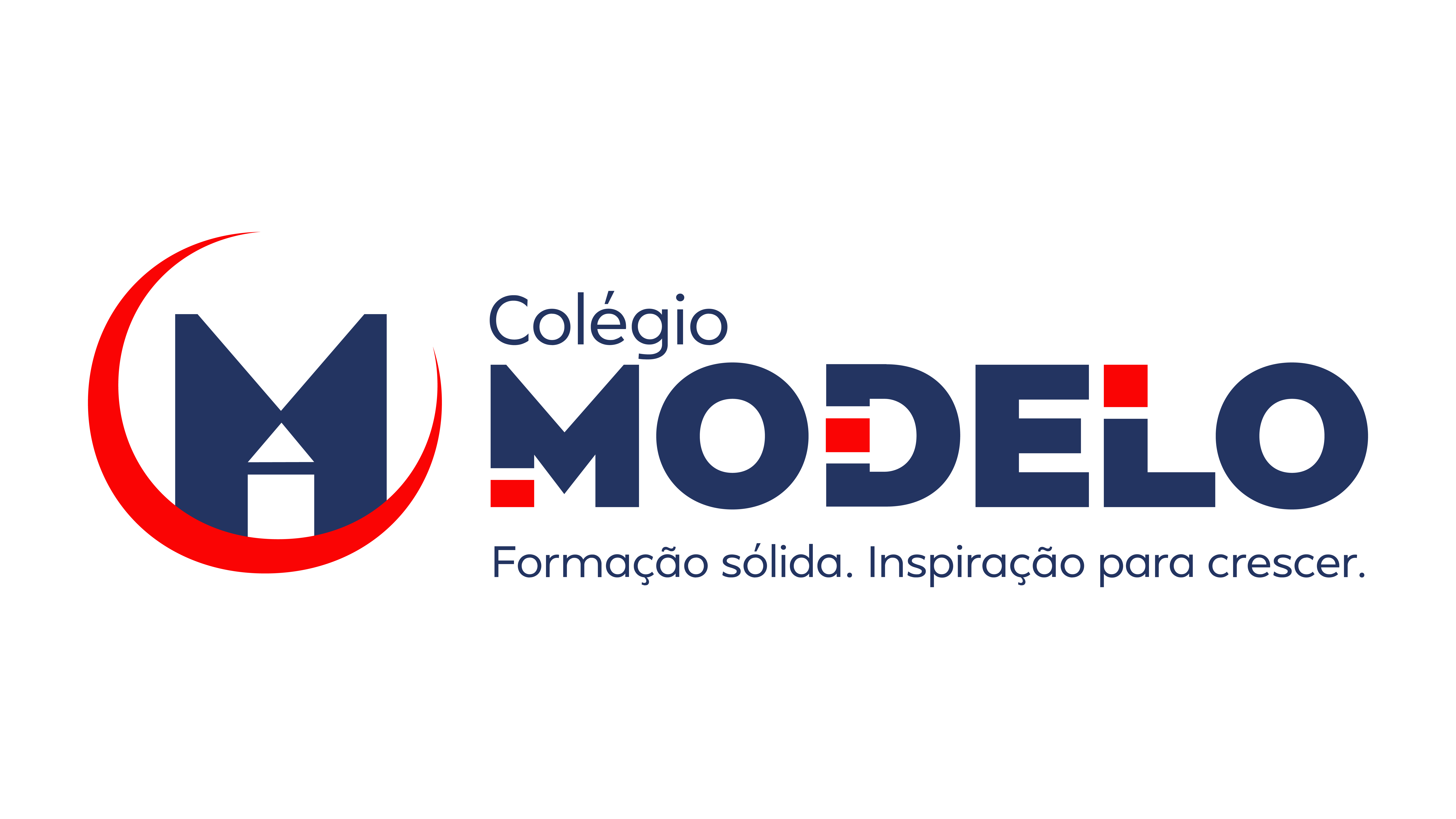The aspect of the economy that investors focus on is what separates bottom-up and top-down investing. This is an approach to analyzing a market by starting with individual companies and then aggregating up to the market. IT also assesses the potential for individual companies to outperform the market. At times, macro trends may even outweigh fundamentals in terms of how individual investments perform.
Can Bottom-up Investing be applied to markets other than stocks?
The consumer staple giant posted solid results and shared uplifting guidance. Here’s why Coke deserves to be at an all-time high and why the dividend stock is worth buying now. The Ascent is a Motley Fool service that rates and reviews essential products for your everyday money matters. However, if you enjoy writing and are willing to keep at it, some authors do make money this way.
Premium Investing Services
These investors try to find the particular companies in a sector that will outperform the others. That’s why bottom-up investors spend so much time analyzing a company. Top-down investors may also choose to invest in one country or region if its economy is doing well. For example, if the European economy is doing well, an investor might invest in European exchange-traded funds (ETFs), mutual funds, or stocks. A top-down investor may look at rising interest rates and bond yields as an opportunity to invest in bank stocks.
Comparison of Bottom-up Investing With Other Investment Strategies
Coke now expects full-year 2024 organic revenue (non-GAAP) growth of 9% to 10%, non-GAAP earnings per share (EPS) growth of 5% to 6%, and $9.2 billion in free cash flow (FCF). If it hits its goal, Coke could surpass its all-time high split-adjusted Bottom up investing EPS of $2.53 from 2010 while generating near-record FCF. Here are the risks investors should consider before buying the stock today. OnlineCourseHost.com estimates it will take between three days and two months to make a video course.
Answering this question is one of the most important steps for all investors. Because it’s a crucial part of how you decide which investments are right for your portfolio—and which are not. In bottom-up investing, the concentration is on business-by-business or sector-by-sector fundamentals. This analysis seeks to identify profitable opportunities through the idiosyncrasies of a company’s attributes and its valuations in comparison to the market.
August 2024 Stock Market Forecast
When the sector experiences significant gains, driven by factors such as increased demand for tech products and services and expanding profit margins, the investor’s portfolio performs well. Top-down investing is often easier for new investors who are less experienced at reading a company’s financial statements and for those who don’t have the time to analyze those financials. An analyst seeking a top-down perspective wants to look at how systematic factors affect an outcome. In corporate finance, this can mean understanding how big-picture trends are affecting the entire industry. In budgeting, goal setting, and forecasting, the same concept can also be applied to understand and manage the macro factors. Specifically, one of the most important benefits is the encompassing knowledge you have about the stocks in your portfolio.
Plus, a professional could help you maintain a higher occupancy rate and avoid legal issues. Investors can already earn 5% or higher in online savings accounts heading into June, and those interest rates will likely remain elevated for at least the next several months. The U.S. Treasury yield curve has been inverted since mid-2022, a historically strong recession indicator. The New York Fed’s recession probability model suggests there is still a 50% chance of a U.S. recession sometime within the next 12 months. The next couple of months could determine whether the FOMC can navigate a so-called soft landing for the U.S. economy without tipping it into a recession. The FOMC has maintained its target fed funds interest rate range at between 5.25% and 5.5% since July 2023, its highest target range since 2001.
- A bottom-up approach, on the other hand, looks at the fundamental and qualitative metrics of multiple companies and picks the company with the best prospects for the future—the more microeconomic factors.
- At Due, we are dedicated to providing simple money and retirement advice that can make a big impact in your life.
- It’s possible that low P/E ratios alone will not outperform the S&P 500 benchmark index over the long run.
- A bottom-up investor will compare companies and invest in them based on their fundamentals.
The underlying belief is that individual companies can perform well even in an industry that is not performing well, or during a down market. Therefore, potential good investments can be found in any industry at any time as long as the investor is willing to seek them out in a methodical, disciplined manner. Bottom-up investing, therefore, is seen as a more focused investment strategy and a long term approach to own quality stocks. Whether an investor chooses a bottom-up or a top-down investing approach ultimately boils down to your investment horizon, financial goals and targets, kind of investments, etc.
The bond market is currently pricing in a 98.7% chance the Fed will maintain its current fed funds target rate range of between 5.25% and 5.5% at its June meeting, according to CME Group. Investors are hoping the market can continue its bullish momentum in June as the S&P 500 enters a three-month stretch that has historically been one https://investmentsanalysis.info/ of the best periods of the year for stocks. Therefore, bottom-up investing employs a healthy mix of quantitative and qualitative analysis. WiserAdvisor is America’s oldest and largest independent network of screened financial advisors. We make it easy and convenient for consumers to find and connect with advisors in their area.


